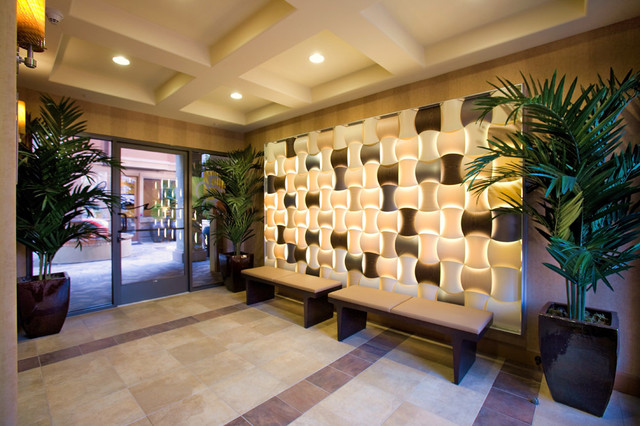Today’s modern home or office may include hundreds of different materials including granite, steel, wood, glass, laminates, fabrics, tiles and the like, there are some materials which are termed as core materials.
These include granite, steel, wood, etc., which are used to construct the frame or basic structure. In the field of interior design, material refers to the core substance used to construct the structure or carcass of furniture and other design elements.
Modular furniture in particular is constructed with the use of highly engineered materials that allows interior designers to build innovative and sturdy pieces.
Additional or secondary materials include Paints & Varnishes, Sanitaryware, Door & Window fitting, Flooring material, Ceramic & Tiles, Wall Coatings, Roofs & Ceiling materials like POP etc. Fittings like door knobs, locks, hinges, rivets, hangers are all considered in the third category of building materials when it comes to interior design.
So when you start to prepare a design for your new home or office, you first decide on the core materials – will you use steel or glass or wood or any other material to construct the framework and structure. Then comes the paints, varnishes, tiles, sanitaryware and finally the fittings like door knobs, locks and hinges.
Based on budget, aesthetics and design, an interior designer will select the core or primary materials followed by the secondary materials.Then you also have soft furnishing, which includes curtains, Wool, cotton, linen, silk, and leather which are commonly used to mix and match with the secondary materials like tiles, wallpaper, paint color, etc.
Professional interior designers usually follow a set of informal “rules”, based on specific interior design principles and elements. These interior design elements include space, line, forms, light, colour, texture and pattern; and keeping them balanced is the key to creating an aesthetically pleasing interior. Trends change with time and each year brings in new ideas, new materials and new concepts.
However for decades the primary and secondary materials have remained the same, with a few additions now and then. About 50 to 60 years earlier, construction work included a lot of wood, which has changed in the last 15 years. More of faux, nature-identical or engineered wood is being used these days and pillars, columns and foundation structures use concrete and steel, almost replacing wood.
Although we can find many aesthetic artificial alternatives at a much cheaper price, quality materials translate into better conservation and aging conditions over time. The low quality, aesthetic as it may be, does not survive well with the passage of time and hence the use of time-tested material is imperative even for fittings and additional work like furnishing and decoration.

